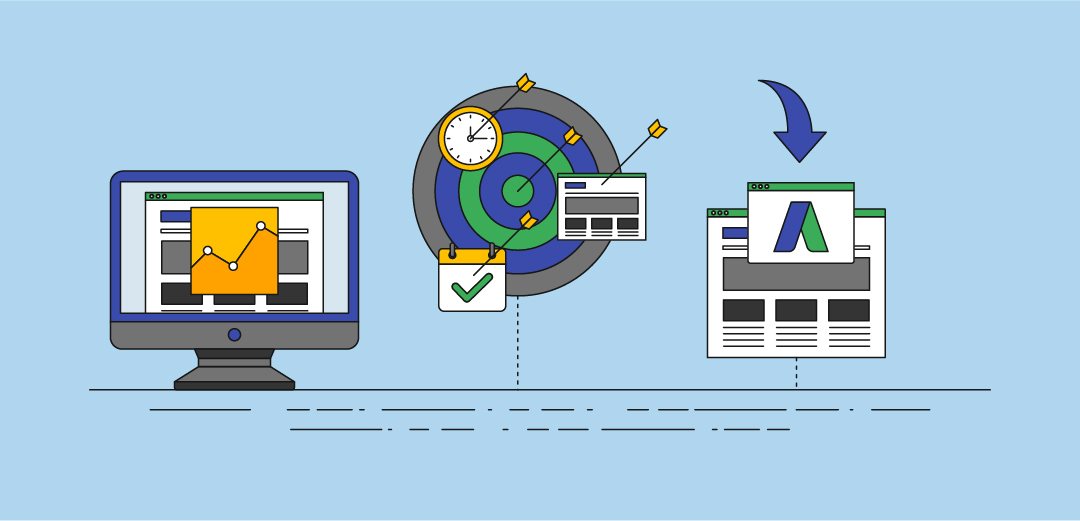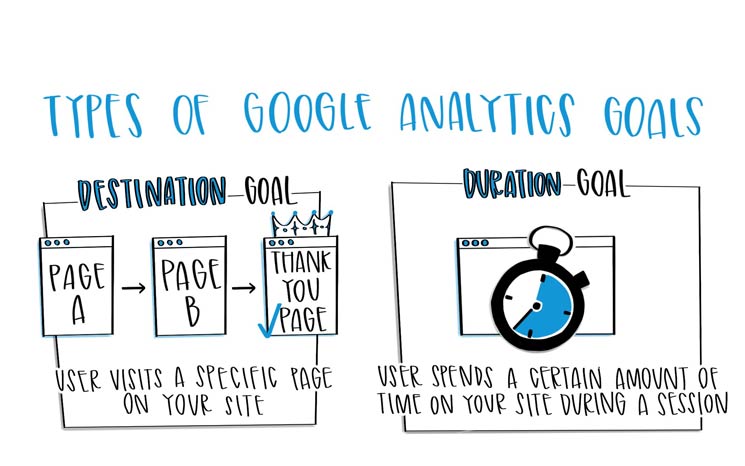What Data Is Google Analytics Goals Unable to Track: Find Out the Limitations
What Data Is Google Analytics Goals Unable to Track: Find Out the Limitations
Blog Article
Demystifying Google Analytics Limitations: Reveal What Data Goals Can not Track
In the realm of digital analytics, Google Analytics stands as an effective device that provides valuable understandings into site performance and user habits. From the complexities of customer interaction with dynamic web content to the complexities of cross-device customer trips, these restrictions lost light on areas that may continue to be obscured from conventional analytics viewpoints.

User Communication With Dynamic Web Content
Individual communication with dynamic web content plays a vital role in comprehending user behavior on websites and maximizing the overall user experience. Dynamic web content describes aspects on a page that can alter without the demand for a full web page reload. This includes interactive components such as pop-ups, sliders, types, and video clips that react to user actions in real-time. By tracking customer communications with dynamic content, internet site owners can get important understandings right into customer engagement, choices, and actions.
Google Analytics offers various tools to track customer communications with vibrant material, such as event tracking and digital pageviews. Occasion tracking enables you to keep an eye on details customer actions, like clicking a button or watching a video clip, offering data on just how users communicate with dynamic elements. Digital pageviews can be used to track communications that do not lead to a new web page tons, providing a detailed sight of customer involvement with dynamic content. By evaluating this data, internet site owners can make informed choices to enhance customer experience and drive conversions.
Cross-Device User Journeys
Exactly how can modern-day analytics tools track the complex courses individuals take across numerous gadgets in their on-line journeys? Cross-device user trips provide a significant obstacle for tracking and analyzing user habits properly. As users communicate with apps or websites making use of various gadgets such as tablets, mobile phones, and desktop computers, it comes to be important to recognize how they move in between these systems to optimize user experience successfully.
Google Analytics encounters constraints in tracking cross-device customer trips as a result of personal privacy worries and technological restrictions - what data is google analytics goals unable to track. While it can offer insights into individual tools' communications, tracking a smooth individual trip throughout several gadgets remains a challenge. This constraint can cause insufficient information and fragmented individual insights, making it challenging for organizations to develop a unified sight of the client journey
To address this concern, companies can utilize innovative analytics devices that offer cross-device tracking abilities, permitting them to acquire a much more holistic understanding of customer behavior. By leveraging these devices, services can link the gap in tracking cross-device user trips and optimize their electronic techniques for a smooth customer experience.
Offline Conversions and Attribution
As companies browse the difficulties of tracking cross-device user trips, another crucial element to consider is the realm of offline conversions and acknowledgment in the realm of data analytics. While Google Analytics supplies important insights right into on-line individual habits, it fails when it concerns tracking conversions that happen offline. This restriction positions a considerable challenge for businesses that have both online and offline sales networks.
Offline conversions, such as purchases made in physical shops or with telephone call facilities, are article source important to understanding the total consumer journey. Without the capacity to associate these offline conversions to specific on the internet communications, companies might battle to accurately determine the influence of their digital advertising initiatives.
To address this gap, organizations can explore alternate remedies such as integrating CRM systems with on-line analytics tools or making use of unique discount codes that can be traced back to on the internet campaigns. By linking the space in between online and offline data, companies can gain a much more find detailed understanding of their clients' behavior and improve their total advertising methods.
Person Customer Recognition
In the world of information analytics, the capability to properly identify specific users throughout various on the internet touchpoints is an important obstacle for businesses seeking to personalize and maximize their advertising and marketing techniques. While Google Analytics gives valuable understandings right into customer habits and interactions, it falls short in enabling the recognition of details people because of privacy issues and technical constraints. Google Analytics makes use of special identifiers such as cookies to track individual sessions and habits, however these do not correspond to identifying individual customers in a personal feeling.

Data From Secure Pages
Despite the raising frequency of secure pages on websites, getting information from these encrypted resources offers a distinct obstacle for electronic analytics systems like Google Analytics. Secure web pages, shown by HTTPS in the URL, encrypt data exchanged between the customer's web browser and the website's server to make certain privacy and protection. While this file encryption is crucial for safeguarding delicate information, it likewise postures limitations for tracking customer habits and celebration analytics data.
Google Analytics encounters challenges in collecting detailed details from secure web pages because of the security protocols in position. Consequently, certain data factors such as recommendation resources, keyword searches, and even some individual communications might not be fully caught when customers access a site with a safe and secure link. This limitation can impact the accuracy and completeness of the data analysis, causing spaces in recognizing customer actions and preferences on protected pages.
To browse this obstacle, electronic experts may need to check out alternative monitoring techniques or leverage various other tools particularly created to gather understandings from secure web pages. By adjusting techniques to suit these constraints, businesses can still derive important analytics regardless of the restraints presented by encrypted connections.
Final Thought
In conclusion, Google Analytics has limitations in tracking individual interaction with dynamic content, cross-device customer trips, offline conversions, private user recognition, and information from protected web pages. These limitations prevent an extensive understanding of user actions and might result in voids in data analysis. Despite its important understandings, Google Analytics might not supply a total photo of user involvement across various touchpoints. It is important for organizations to be knowledgeable about these limitations and take into consideration auxiliary devices for a more all natural view of their data.
User interaction with vibrant content plays an essential duty in understanding customer behavior on web sites and enhancing the total individual experience. By tracking customer interactions with vibrant content, internet site owners can acquire valuable understandings right into individual engagement, choices, and habits.
Google Analytics uses one-of-a-kind identifiers such as cookies to track customer sessions and habits, but these do not relate to determining private users in a personal this article sense.
As an outcome, specific information points such as referral resources, keyword searches, and even some customer communications might not be totally caught when users access a site with a secure connection.In verdict, Google Analytics has restrictions in tracking individual interaction with dynamic material, cross-device individual trips, offline conversions, private customer recognition, and information from safe and secure web pages.
Report this page